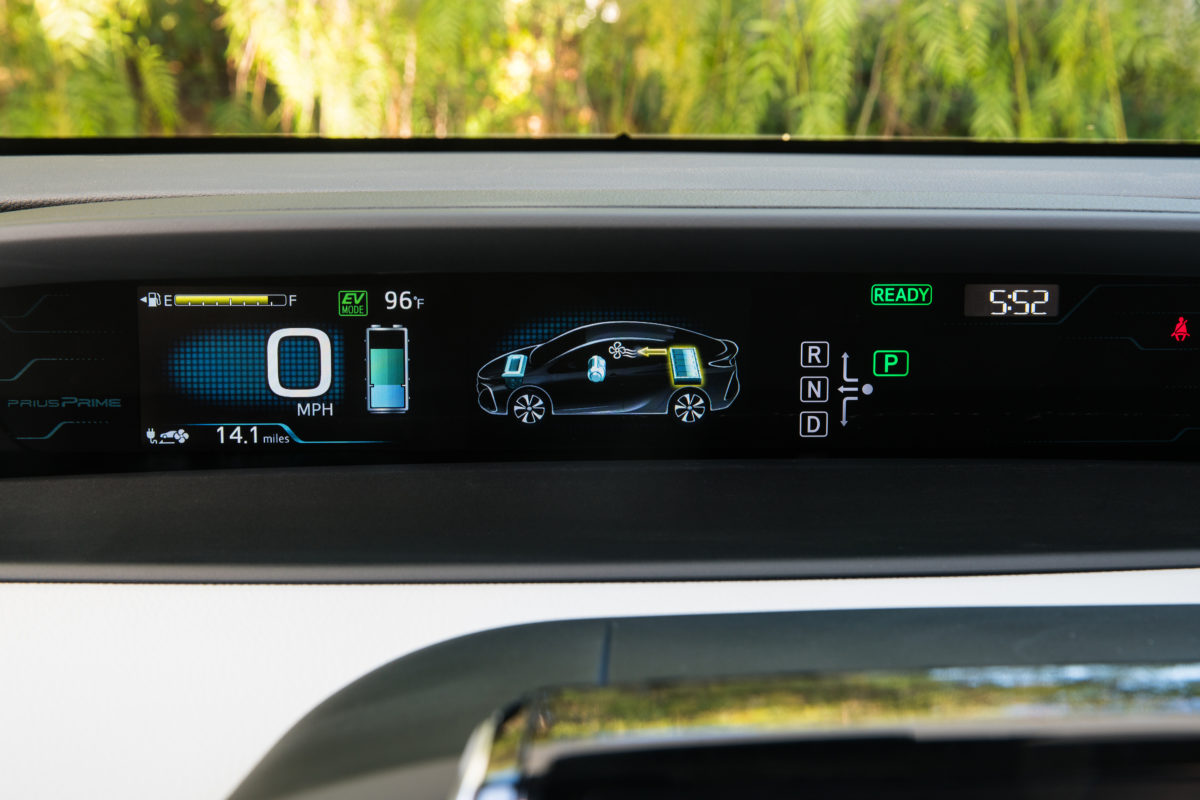BEV, PHEV, HEV, FCEV: The Key Differences Between Electric Car Options


As electric vehicles continue to flood the marketplace, there’s a whole new vocabulary of lingo associated with them that consumers should become familiar with in order to make the most educated decision. In today’s blog post we break down a few terms commonly used in the industry.
HEV
The first type of mainstream electrified automobile to arrive in showrooms was the Hybrid Electric Vehicle. Think Toyota Prius, where a small electric motor assists the internal combustion engine (ICE). Under light load, for instance during initial acceleration, only electricity is consumed.
The battery replenishes itself via energy generated by the ICE as well as regenerative braking, explained in further detail below.

PHEV
An acronym for plug-in hybrid electric vehicle, this type of EV is powered by both gasoline and electricity. Compared to a standard hybrid, however, PHEVs — as the name suggests — may be plugged into an outlet or charging station to recharge the on-board battery. In addition, it usually possesses the ability to run solely on battery power alone, as well as just gas or a combination of both.
The Toyota Prius Prime is a perfect example, featuring a 40-kilometre PURE EV range or 1,035 kilometres when also involving the ICE. Fuel economy for the latter is rated at a thrifty 1.8Le/100 km. The downside? Compared to a pure EV, a zero-emissions mode is much more limited and really designed for around-town driving.

BEV
Battery Electric Vehicles typically do not have an ICE, fuel tank or exhaust pipe and rely only on electricity for propulsion. While easy on the environment (and the wallet), owners may suffer from range anxiety as they must ensure their BEV contains enough energy for travel — unless they opt for a model that has an optional gasoline-powered generator such as the BMW i3.
Charging involves connecting to a standard 120-volt outlet, 240-volt household/public Level 2 or a Level 3 power source. Certain premium offerings, like the new Jaguar I-PACE, boast increased range of up to 500 kilometres due to larger and higher capacity battery packs.

FCEV
The new kid on the block, Fuel Cell Electric Vehicles run on compressed liquid hydrogen. When hydrogen is combined with air inside the fuel cell stack, the reaction powers an installed electric motor to drive the wheels. Similar to a BEV they are quiet, produce no emissions but the tank can be refilled in a few mere minutes. The trick is finding a station — at the time of writing only one retail facility exists in the province.

More electric vehicle terminology
Le/100 km
Fuel economy for regular engines is measured by the number of litres consumer per 100 kilometres travelled, abbreviated to the commonly seen L/100 km. In the case of EVs, a “litre equivalent” is used taking the electric energy consumption of kilowatt hours per 100 kilometres and converting to a conventional format, where one litre of gasoline is equals 8.9 kilowatt-hours of electricity.

Regenerative braking
When a regular car decelerates, kinetic energy is lost through heat dissipation in the act of friction braking, as the pads come in contact with the rotors. On an EV, pressing the brake pedal causes the electric motor to run in reverse that consequently slows down the wheels, and at the same time recaptures that kinetic energy and sends it back into the battery.
There are no bad EVs, only multiple types best suited for different purposes. Use the above as a guide to help make the most informed decision.
Want to learn more about electric or hybrid vehicles? Test drive an electric or hybrid vehicle at OpenRoad.

